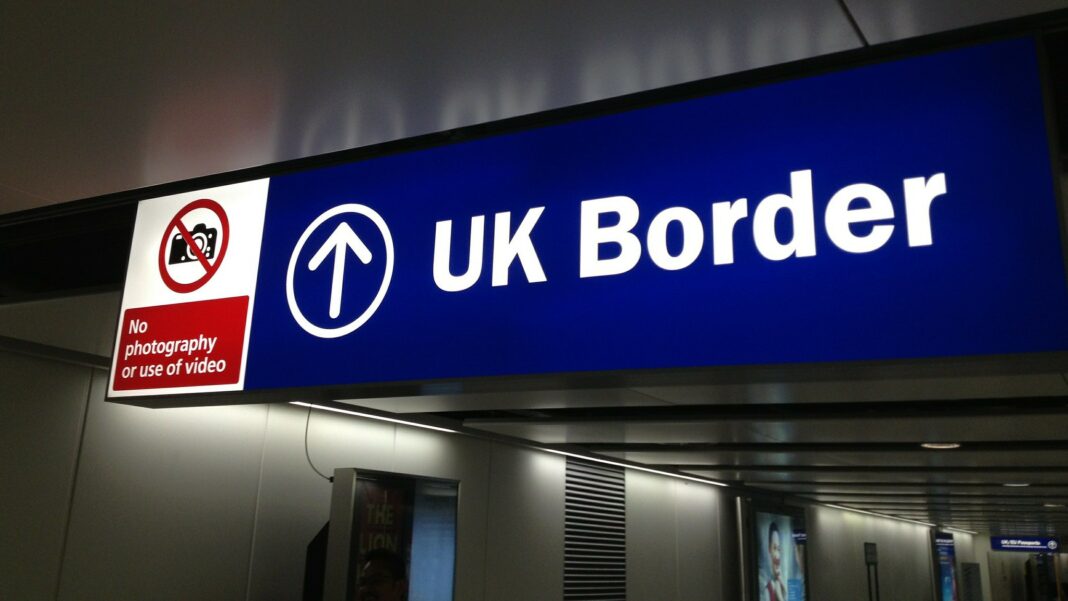25 MAY 2023 | NEWS
The Office for National Statistics (ONS) has published its latest figures for net immigration to the UK, showing that it reached 606,000 in 2022. This is a record figure.
It is understood that a significant contribution to this rise can be attributed to additional refugees from Ukraine and Hong Kong – following the UK’s schemes to accommodate them – as well as higher numbers of students from non-EU countries.
The estimate for the number of people arriving in the country over that period is 1.2 million, while around 557,000 are believed to have left. This figure represents an increase of 164,000 over 2021’s statistics.
In response to the news, Prime Minister Rishi Sunak told ITV: “Numbers are too high – it’s as simple as that. And I want to bring them down.” However, he denied that immigration was out of control.
But Reform UK leader Richard Tice called the revelation “unbelievable, unsustainable and bad news for our nation at every level”, adding: “We need net zero immigration every year, instead of another city the size of Birmingham.”
He told the press: “These numbers will increase our affordable housing crisis, make it even harder to see a GP, extend waiting lists, and more besides.
“Also, our British culture, values and identity are all under threat, with unsustainable overwhelming immigration numbers that cannot be easily integrated into our existing communities.”
The Shadow Home Secretary, Yvette Cooper, also acknowledged the problem, telling the House of Commons that the UK’s refugee resettlement schemes had “unusually affected the figures”.
However, she then laid the blame at the Government’s door, adding: “Net migration is more than twice the level Ministers were aiming for, and the asylum backlog is at a record high – despite Rishi Sunak promising to clear it this year.”
She added that the Government had “no plan and no grip on immigration”.
The figure is not believed to include the number of people arriving in the UK illegally in small boats, which is estimated to be around 45,000 over the same period. The vast majority of those people do generally go on to seek asylum.
However, it is anticipated that the number of new arrivals from Ukraine and Hong Kong will drop significantly next year, given that most of those who wished to flee – and were able to do so – have now done so. Approximately 8% of immigrants to the UK are estimated to be asylum-seekers.
The country is also experiencing labour shortages in a range of sectors, such as hospitality, agriculture, healthcare and construction, and the number of international workers coming to fill these vacancies on either a temporary or permanent basis has risen significantly.
Dr Peter Walsh of Oxford University’s Migration Observatory said the recent period had been “very unusual”, and agreed that recruitment drives for international students could also help to explain the figures. He added that these students had “brought around 100,000 partners and children” with them.
“International students pay the high fees, which subsidise the education of domestic students,” he told BBC Breakfast. The Government has announced this week that it plans to curb the number of relatives that international students can bring with them when applying to study in the UK.
It has also set out plans to deport migrants who arrive illegally to Rwanda, with no possibility of return to the UK. However, they would be able to claim asylum in that or another safe country.
This legislation is presently passing through the House of Lords, at the committee stage, where it is anticipated to receive significant opposition.
The full details on immigration figures released by the ONS can be read here or below:
Long-term-international-migration-provisional-year-ending-December-2022























